Leveraging Promotional Items & Mechanisms for Retail Chain Success
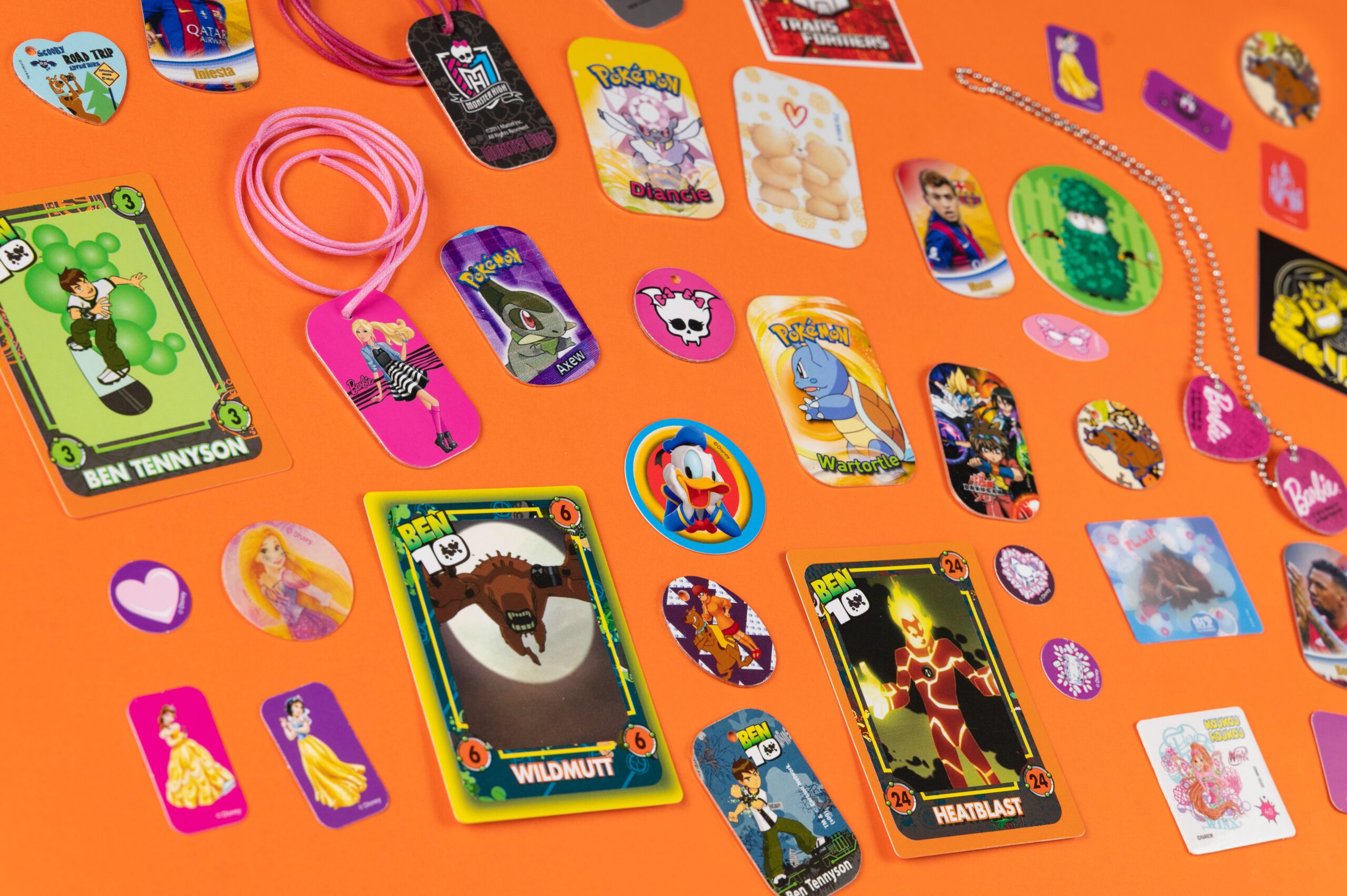
Welcome to our exploration of how today’s retail chains and QSRs are revolutionizing customer engagement with a simple, yet SO effective approach: promotional items. From puzzles and cards to stickers, these aren’t just giveaways—they’re a retail marketing strategy designed to deepen customer loyalty and boost sales.
In this blog, we also take a closer look at FMCG off-pack promotions in supermarkets, illustrating their effectiveness with tangible examples from the industry. Let’s look at how this creative retail strategy is reshaping shopping and dining experiences
Understanding Promotional Mechanisms
Before we jump into the how, let’s look at why. So, what exactly are we talking about here?
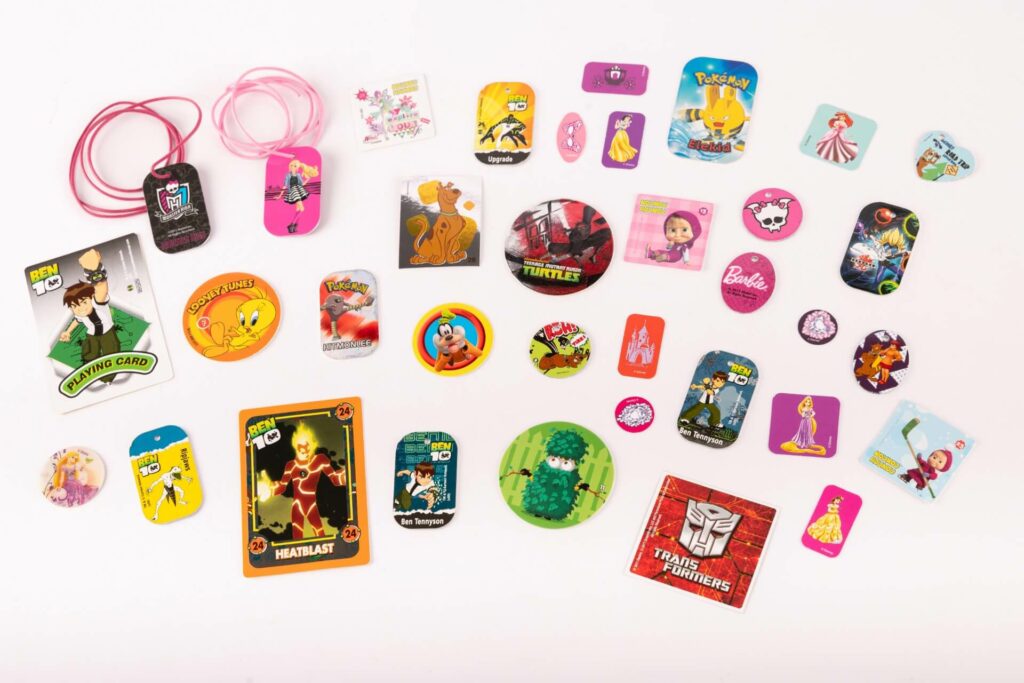
Promotional mechanisms
They are essential tools for businesses looking to attract and retain customers by creating engaging and memorable experiences. In the retail sector, these promotional items might include collectible cards, puzzles and thematic stickers. These items turn a routine shopping trip into an interactive adventure, appealing to various age groups.
For Quick Service Restaurants (QSRs), promotional items such as toys or themed collectibles enhance the dining experience, adding an element of excitement and value-for-money, while encouraging customers to return.
Types of Promotional Items and Strategies Used in Retail Marketing
Retailers frequently use loyalty programs where customers collect stickers or tokens with each purchase, which they can later exchange for prizes. This promotional strategy encourages repeat visits and fosters ongoing customer engagement. Additionally, retailers may introduce limited time offers (which always spark interest) featuring collectibles tied to popular culture or seasonal events.
Such promotions not only increase foot traffic but can also boost overall sales, as customers are drawn in by the novelty and timeliness of these items. These retail marketing strategies leverage cultural trends and customer interests to create a more dynamic and exciting shopping experience.
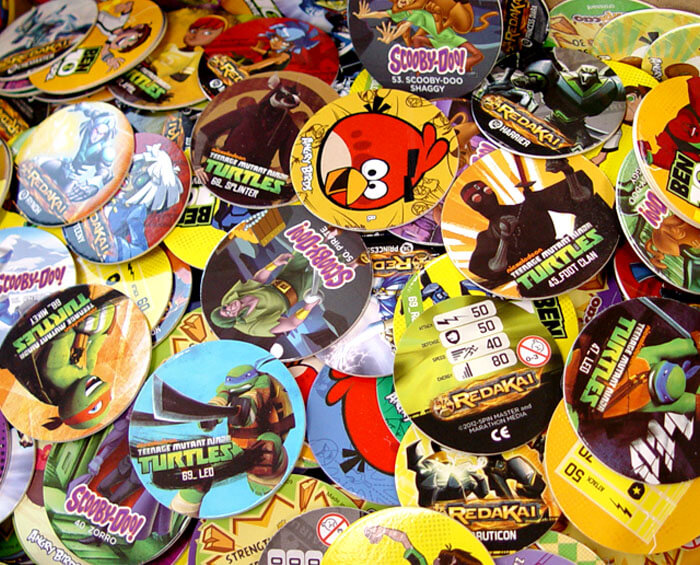
Promotional Strategies for Retail Chains and QSRs
Retail Chains
Retail giants like the American Target utilize seasonal promotions to great effect, offering collectible promotional items during holidays that encourage repeat visits as customers return to complete their set of themed merchandise.
Similarly, IKEA enhances the shopping experience by incorporating limited-edition toys in their children’s section, which not only attracts families but also encourages longer stays and deeper engagement with the brand.
Adding to these examples, Hondos Center in Greece offers promotional items with each purchase— branded wet wipes and, according to the total of the purchase, a branded lighter or pen. This strategy serves as an ad for Hondos, it increases transaction value and also boosts customer loyalty, by providing a practical and potentially collectible takeaway with every visit.
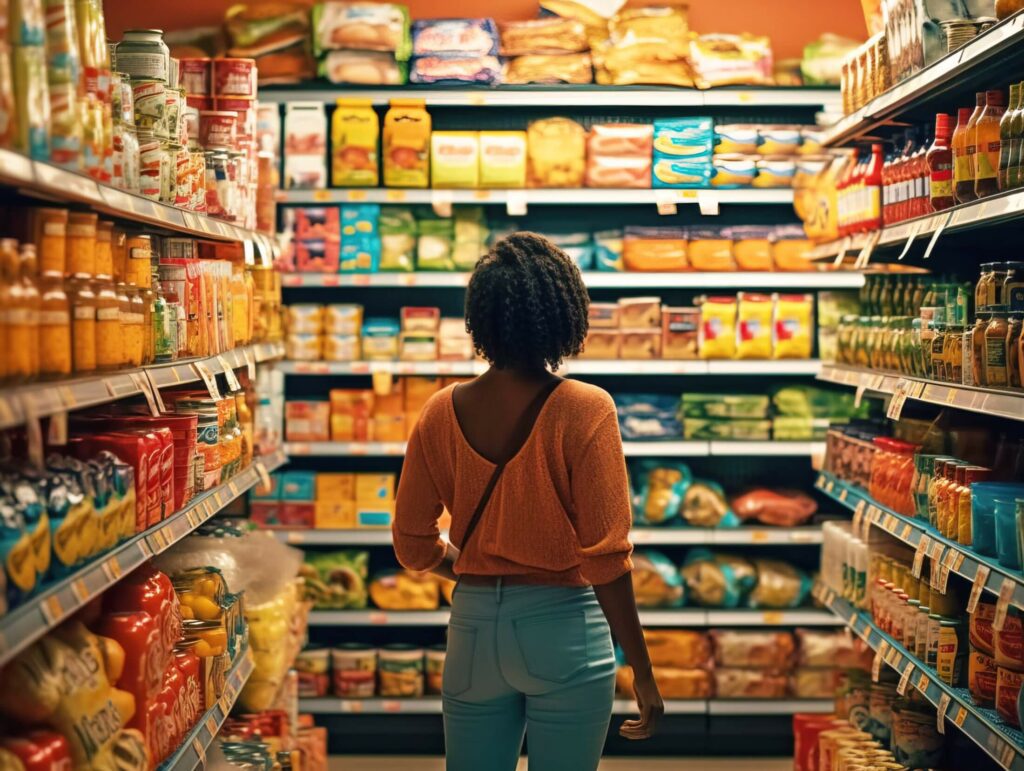
Quick Service Restaurants
In the QSR sector, local relevance and cultural resonance are key. Goody’s Burger House in Greece effectively taps into this with promotional items of toys and games that reflect local culture, creating a deeper connection with their customer base. For example, since 2002, the “ArGOODaki” campaign has been a pivotal social contribution effort for children in need. When patrons buy an ArGOODaki meal, they not only savor their favorite meal but also receive a collectible stuffed bear, blending dining with charitable support.
McDonald’s leverages its global reach with promotional strategies in their Happy Meals, offering toys tied to the latest movies or popular TV shows, thus increasing the appeal of meal purchases and encouraging family dining experiences. This promotional activity is adept at boosting customer engagement by blending entertainment with dining.
Fast-moving Consumer Goods (FMCG) Off-Pack Promotions in Supermarkets
In the competitive supermarket sector, off-pack promotions play a more-crucial-than-you-think role in differentiating brands within a crowded marketplace. These retail marketing strategies typically utilize special displays or interactive stands, strategically placed to capture the attention of shoppers and enhance their in-store experience. By stepping beyond traditional shelf placement, these promotional activities effectively engage customers, making the shopping experience both memorable and enjoyable.
For example, Coca-Cola has used interactive kiosks where shoppers can personalize Coke cans with their names, enhancing the customer’s connection with the brand.
Another effective retail marketing strategy is seen with Nestlé, which set up a virtual reality experience in supermarkets, allowing shoppers to visit cocoa farms virtually to learn about the origins of the ingredients used in their chocolates.
Lastly, another engaging example of off-pack promotions in supermarkets is the collaboration between Procter & Gamble and Tesco. They launched a campaign where customers could scan QR codes on special displays to participate in an augmented reality game directly on their smartphones. Winners received discounts and free products instantly, merging digital interaction with physical shopping to enhance consumer engagement and drive product interest.
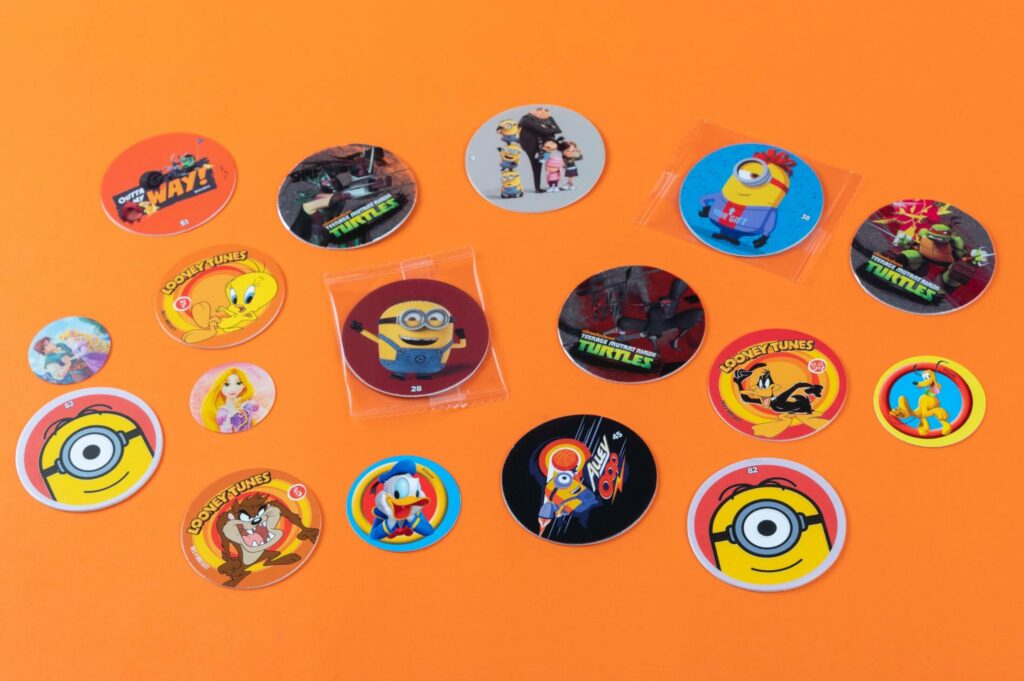
Chromochartiki’s Promotional Campaigns
Chipicao, alongside other brands like Koukouroukou, integrates loyalty programs that enhance the consumer experience, influence purchasing behaviors and elevate brand visibility. Chromochartiki, through Chipicao, excelled for more than 20 years in the FMCG sector with its innovative promotional campaigns that incorporate eco-friendly promotional items such as stickers and toys within its product packaging. These promotions leverage popular characters from TV shows and movies, effectively attracting a broad audience and encouraging repeat purchases.
Beyond on-pack promotions, Chromochartiki also engages consumers through off-pack promotions, notably exemplified by the Mevgal campaign. This in-store promotion showcases an eye-catching interactive stand designed as a “wheel of luck” game, aimed at educating and entertaining consumers with activities like a memory game and character puzzles. Players can win gifts, including two specially designed “Maniacs” toys, aligning with the brand’s values and customer interests.
The outcome features a versatile, mobile promotional stand that not only draws attention but also enriches the shopping experience with educational games and puzzles that highlight the brand’s character. These interactive experiences at various retail locations significantly boost brand visibility and create a lasting, positive impression at the point of sale.
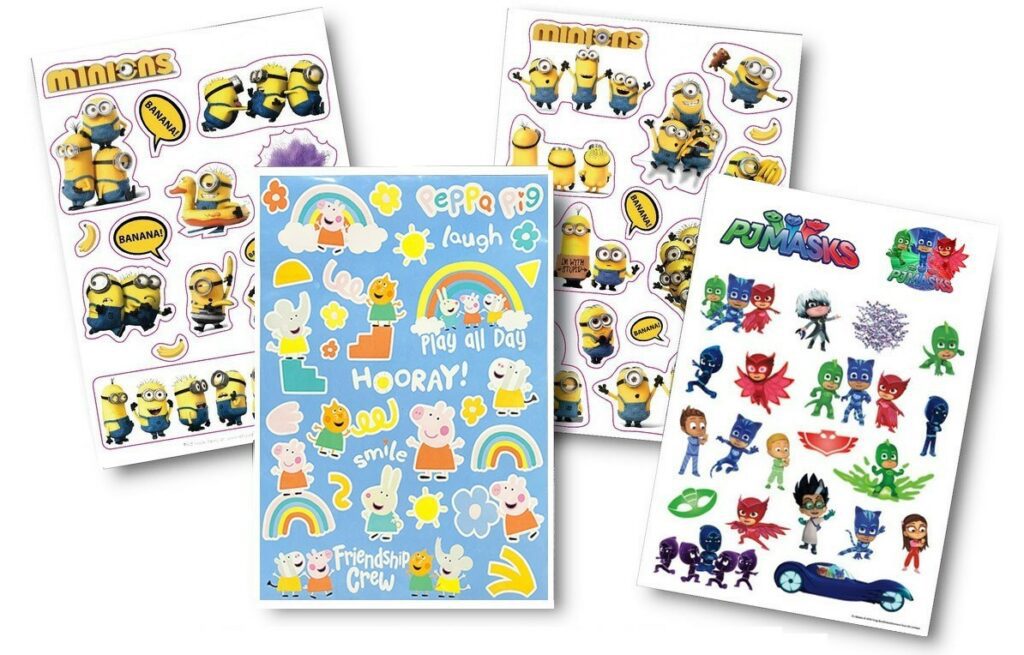
Best Practices for Effective Promotional Strategies
Successful promotional strategies hinge on several best practices that ensure the tactics not only capture attention but also sustain engagement and drive brand loyalty.
Align Promotions with Brand Values: It’s essential that all promotional items and their presentations reflect the brand’s core values and overarching message. This coherence ensures that the promotions resonate deeply with the target audience, reinforcing the brand’s identity and ethical stance.
Create Collectability: Developing a series of collectible promotional items as part of a campaign can significantly boost consumer interest. This strategy encourages repeated visits as customers become invested in completing their collections, thus enhancing customer retention and increasing foot traffic.
Ensure Visibility: Effective promotions require highly visible displays and materials. Designing eye-catching stands and using vibrant promotional materials that can be seen from afar helps draw in customers, making your brand stand out in a crowded marketplace.
Engage and Educate: Incorporating interactive elements in promotions serves a dual purpose. It not only engages customers in a hands-on manner but also educates them about the brand’s products or services. This approach fosters a deeper understanding and connection between customers and the brand, enhancing customer experience and loyalty.
By adhering to these principles, brands can create compelling, impactful retail marketing campaigns that not only attract attention but also build lasting relationships with consumers.
Concluding Thoughts on Promotional Strategies
The strategic use of promotional items and FMCG in-store promotions has proven to be a powerful tool for enhancing customer engagement and increasing sales within retail chains and QSRs. Brands like Hondos Center and IKEA have effectively used these strategies to create compelling in-store experiences, while Goody’s and McDonald’s have leveraged them to attract repeat business and strengthen customer loyalty.
Similarly, FMCG products like Chipicao have shown how targeted promotions can connect deeply with consumers through collectible and interactive promotional items. By understanding and adeptly implementing these mechanisms, businesses can supercharge their customer interactions, sparking serious brand lo(ve)yalty and revenue streams!









 BY
BY